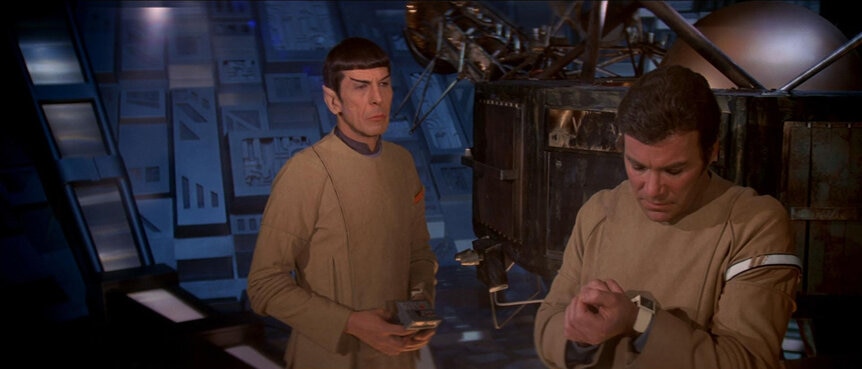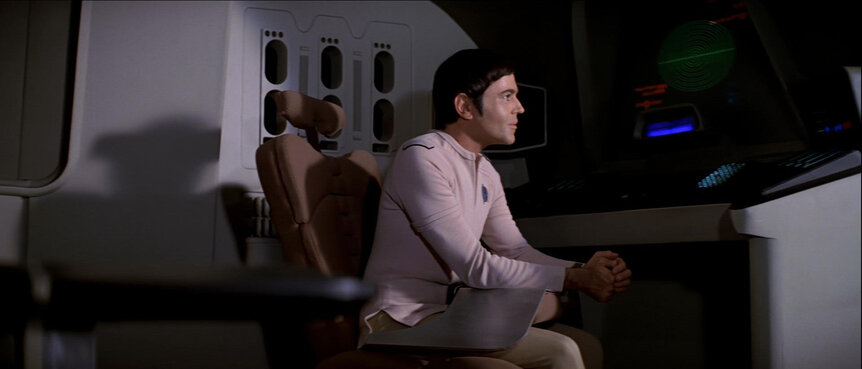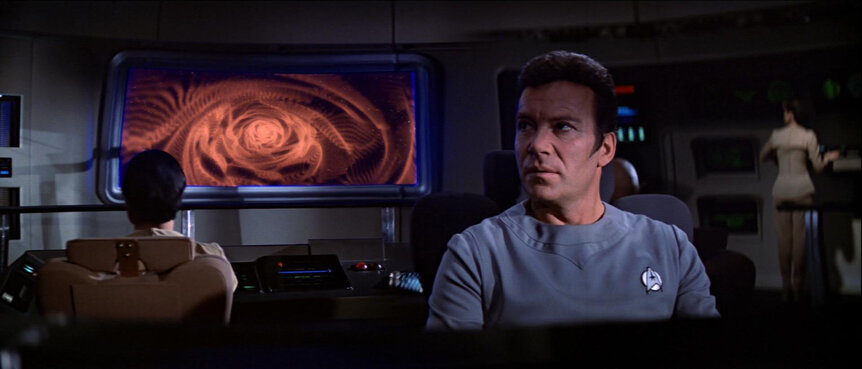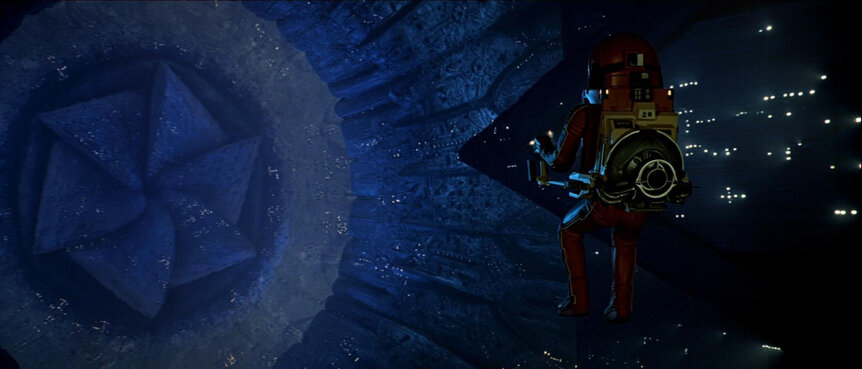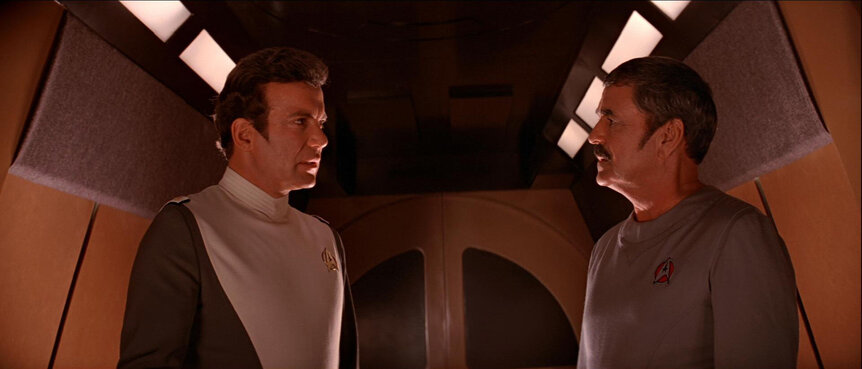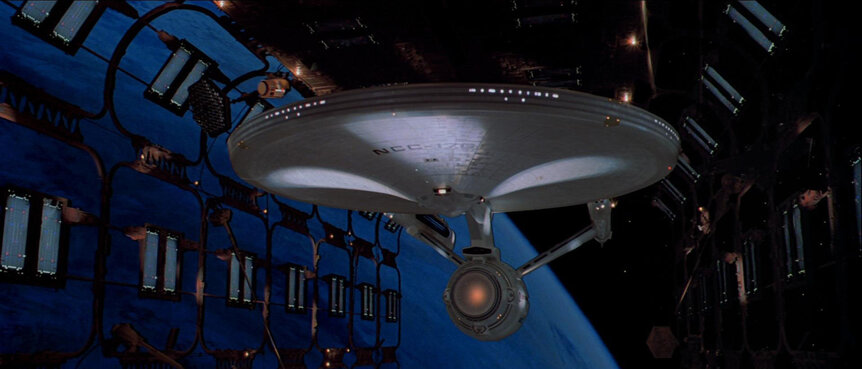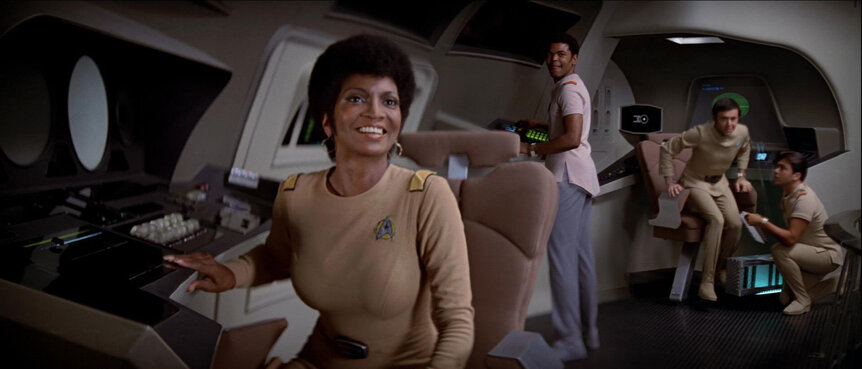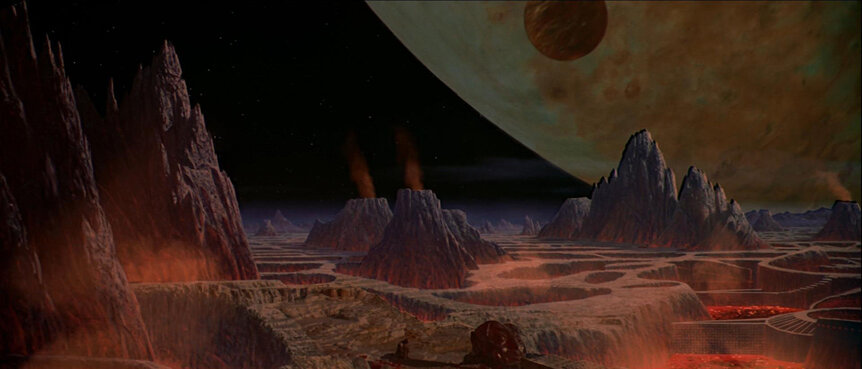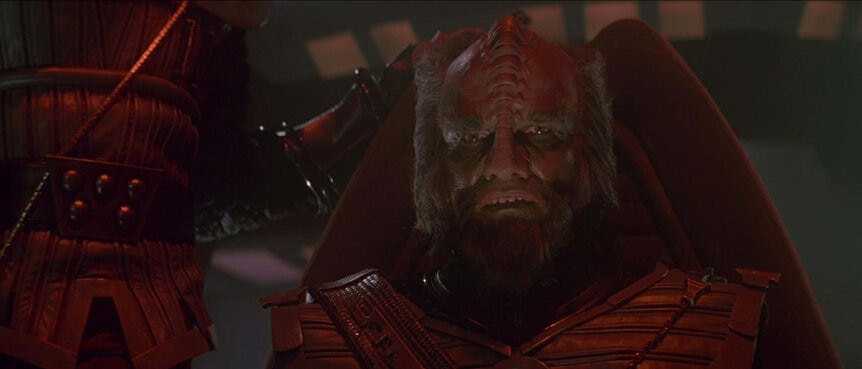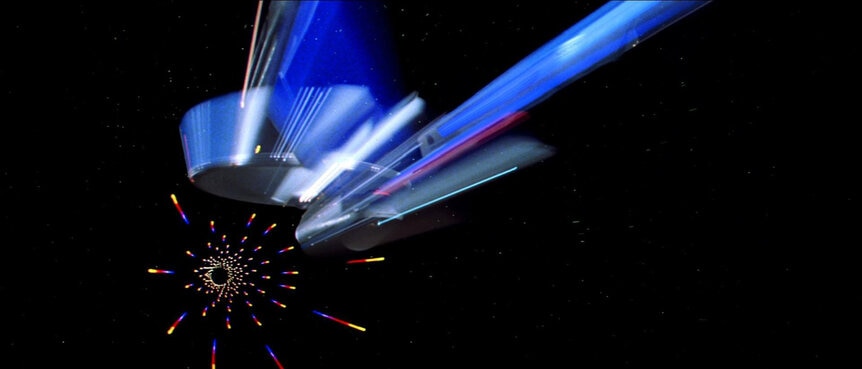10 ways Star Trek: The Motion Picture changed Trek canon forever
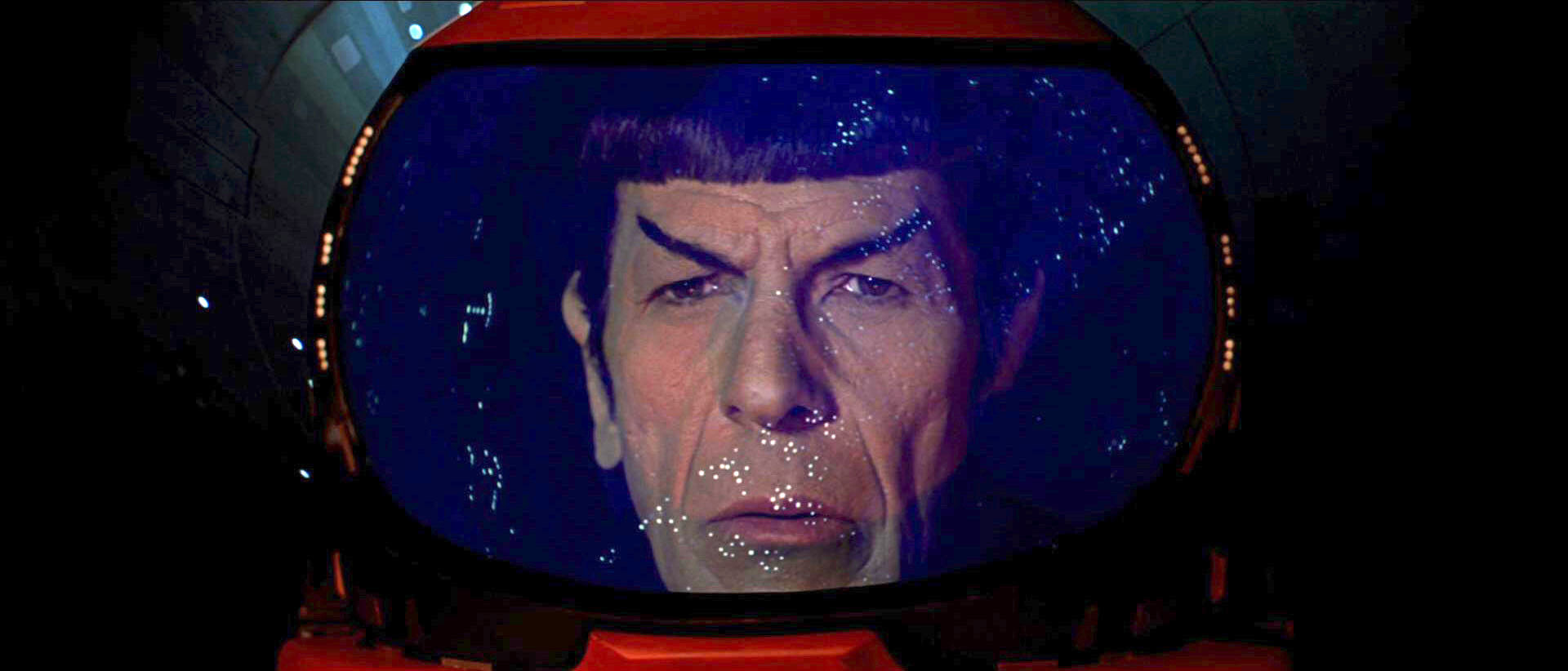
For 40 years, the vast majority of Trekkies have considered 1979's Star Trek: The Motion Picture to be inferior to its successors, specifically 1982's Star Trek II: The Wrath of Khan. For many, the cinematic voyages of the starship Enterprise didn't really kick into warp drive until after the first movie. But however you feel about the movie's artistic merits, The Motion Picture remains historically significant as the first time Star Trek experienced a low-key reboot.
From small changes in the roles of familiar characters and tweaks to Starfleet traditions and uniforms to the actual canonical depiction of genre-famous alien races, Star Trek: The Motion Picture created a new aesthetic for the franchise. More significantly, that "look" is the one stuck with Trek ever since. From The Next Generation to Discovery, contemporary Star Trek owes more to The Motion Picture than it doesn't.
This week, the first Star Trek film ever returns to theaters for a limited run, and to celebrate the occasion, here are the10 ways the film changed the canon of the final frontier forever.
10. Wearable communicators
In 1987, Star Trek: The Next Generation traded the famous flip-up Starfleet communicator for a wearable badge that you tapped; kind of like jewelry that was also a cellphone. But, the idea of having a wearable communicator actually started in Star Trek: The Motion Picture.
In this movie, everybody has wrist-communicators that look like Apple watches manufactured by Atari. By The Wrath of Khan, Starfleet would seemingly switch back to the flip-up communicator, even though a few people (namely Chekov) still rocked the wrist-style. If you want to go hard on your nerd lore; the oldest and probably most famous instance of the wrist-watch phone comes not from Trek, but from old Dick Tracy comic books.
09. Chekov’s new job
Speaking of Chekov, the character actually has a slight change of career in The Motion Picture that is subtle enough not to be noticed right away. In Seasons 2 and 3 of the original series, Chekov was the navigator of the Enterprise, which means he sat next to Sulu — the helmsman — at the front of the bridge.
But, in The Motion Picture, Ilia is the navigator, and Chekov is now both the tactical officer and a security officer. In the next film, The Wrath of Khan, Chekov ends-up serving on another ship, the USS Reliant, where he's actually the first officer. This means that the navigator spot is open on the Enterprise ;in that movie, too, which is why Saavik sits up-front with Sulu in that movie. In the last two classic Trek movies (numbers 5 and 6) Chekov returns to his navigator position on the Enterprise-A.. But, despite that, in Star Trek VI: The Undiscovered Country, it seems like he's also still in charge of security. In that movie, he tells the security officers what to do, and actively attempts to solve a mystery that is clearly an issue of ship's security.
Prior to Chekov's subtle career change, the tactical and/or security officer wasn't usually a major character in a Star Trek series. But after this, it becomes the norm. After Chekov takes over tactical in The Motion Picture, most Trek shows have tactical/security officers in the main cast; Worf and Yar in The Next Generation, Odo and Worf on Deep Space Nine, Tuvok on Voyager, Reed on Enterprise, and Ash Tyler and Nhan in Discovery.
08. Wormholes, Trek style
The idea that "a wormhole" could be caused by a distortion in space and time, of course, existed in physics prior to Star Trek, but The Motion Picture is the first time the franchise makes use of the concept. Toward the beginning of the movie, an imbalance in the warp engines of the Enterprise creates a dangerous wormhole and everyone talks in slow-motion and their faces get blurred. Though a much larger wormhole would later play a huge role in Deep Space Nine, the second season finale of Discovery also featured the crew going through a temporary wormhole; and the visual effect was nearly identical to this scene in The Motion Picture.
07. Spock’s amazing spacesuit
Spacesuits in the original Star Trek were fairly rare, and when they did appear (like in "The Tholian Web") they looked goofy and decidedly uncool. The Motion Picture fixed this in a big way in an excellent sequence in which Spock used a "thruster suit" to explore the interior of the alien cloud known as "V'Ger."
After The Motion Picture, slick-looking space suits became a staple of the rest of the franchise. In fact, the very first episode of Star Trek: Discovery featured Michael Burnham in a spacesuit equipped with a "thruster pack" very similar to Spock's in The Motion Picture.
06. Kirk’s starship tradition
Because the transporters on the Enterprise are broken at the start of The Motion Picture, Scotty and Kirk have to fly over to the newly refurbished starship in a travel pod instead of beaming-over. This results in a very long, and very famous (or infamous) sequence in which Kirk silently stares at the new Enterprise from several angles, as if he's in love with it. (Spoiler alert: he is!)
Whether you like the scene or hate it (personally, I love it) the idea that a ship's captain would head over to his new starship for the first time via a small shuttlecraft is a tradition that continued throughout several other iterations of Trek. In The Next Generation finale "All Good Things..." we see Captain Picard come aboard the Enterprise-D or the first time in a very similar fashion, and in the first episode of Enterprise, Captain Archer sees the Enterprise NX-01 in almost exactly the same way Kirk does in The Motion Picture.
This means, that somehow, Kirk's tradition extends both backward and forwards along the space-time continuum, but in terms of on-screen canon, this is the first time we saw this happen.
05. The look of the USS Enterprise
The Enterprise of The Motion Picture is supposed to be the same starship from the original '60s show, but with a ton of upgrades. The most noticeable difference is that the warp nacelles on this version are less rounded and more rectangular. The colors of the deflector dish also change from orange to blue throughout the film and the entire interior of the ship looks almost nothing like it did in the classic show.
Whereas the interior design of the '60s Enterprise had an arty flashiness too it (along with a lot of the color orange) the new Enterprise in The Motion Picture had a more sensible and muted color scheme. This approach to how the insides of Starfleet ships look pretty much stayed consistent after this film. True, there were variations, but much of the look of the late 23rd century comes from the sets on The Motion Picture.
Plus, this is the first time we saw what the warp "engine core" of a starship looked like. The long cylindrical crystal structure glimpsed in The Motion Picture certainly inspired the warp core on The Next Generation, and in Star Trek: Voyager, the warp core of that ship looks almost exactly like the one in this film.
04. Starfleet insignia and new uniforms
In the original series, the iconic "delta shield" insignia worn on the uniforms of the crew of the USS Enterprise was seemingly not the entire insignia of Starfleet. In fact, in multiple TOS episodes, it's very clear that different ships have different insignias. But, in The Motion Picture, the famous symbol becomes the symbol for all of Starfleet.
Because this symbol is perhaps the most famous symbol in all of science fiction, it's significant that this movie is the first time it becomes representative of all of Starfleet, at least in terms of on-screen canon. However, since then, certain prequels (like Star Trek: Discovery) seem to make it clear that the famous symbol was used by other non-Enterprise ships well before the events of The Motion Picture.
So what's the deal? Some sources say that variant Starfleet insignia worn by the crews of other ships in TOS is simply a production error and that we should all ignore that stuff.
But, one thing is clear: This film is also the first time Starfleet uniforms changed significantly from their appearance in the original series. Obviously, after The Motion Picture, Starfleet uniforms would change a lot, but before this movie, the color-coded uniforms of "The Cage" and the original series were all fans had. And, in this film, it was strongly suggested that everybody could wear blue or beige or white and it wouldn't indicate anything about which division they worked in at all.
Also, this time around, it was hard to be a sacrificial "red shirt" since nobody wore red. (Even though by the next film, everybody would wear red.)
03. The planet Vulcan
Star Trek: The Motion Picture features the first on-screen depiction of the Vulcan language. But, more interestingly, it also reboots what the surface of the planet Vulcan is supposed to look like.
In the original series, the crew had only visited Vulcan once, for Spock's "wedding" in "Amok Time." And then, because it was a cheap '60s set, it was just a red sky with a bunch of rocks. But, in The Motion Picture, we really get to see the planet Vulcan, which appears to have more than one natural moon in its orbit.
At the time, a lot of fans freaked out. Why? Well, in "The Man Trap" Spock says his home planet didn't have a moon, but whoops, there Spock is, in an early scene in The Motion Picture, looking at two objects in the sky that seems like moons.
Later, these things were explained-away as "sister planets" of Vulcan that weren't actually moons. In fact, in the novel The Vulcan Academy Murders, great pains are made to explain that one of these sister planets only appears every once in a while. In the Star Trek 2009 reboot, J.J. Abrams took advantage of this situation by adding another planet, Delta Vega, that was close enough to Vulcan that Spock could see the planet destroyed from its surface.
Notably, the first Abrams reboot depicts Vulcan very much the way it appears in The Motion Picture, which is also true of The Next Generation, several episodes of Enterprise and, of course, Discovery.
02. The 'new' Klingons
In its very, very first scene, The Motion Picture contradicted the canon of the original series, and, subsequently established a new visual constant which created headaches in the franchise ever since. In the classic show, the Klingons did not have bumps on their foreheads, but in the first scene of The Motion Picture, they do! In fact, literally everything about the Klingons — from their uniforms to their ships — became the standard default look for Klingons from the run of the classic films all the way through the end of Voyager.
When the prequel series Enterprise rolled-around, a small retcon was attempted to "explain" the existence of the smooth-headed Klingons from TOS: a genetic virus had caused a huge mutation that made them look more human. If you buy this, that means, the first time Star Trek fans saw "real" Klingons was in Star Trek: The Motion Picture. And, after 1979, the Klingons didn't get a major redesign until 2017 when Star Trek: Discovery introduced a new look for the Klingons in its very first episode.
That said, even the Disco Klingons are inspired by the "lobster-headed" Klingons from the beginning of The Motion Picture. The Klingons in this scene also speak Klingon exclusively, which is the first time this fictional language was on screen, too. They played a minor role in The Motion Picture, but if you like Klingons, everything about the way they talk and dress really starts right here.
01. The music
If you've never seen Star Trek: The Motion Picture before, you might be shocked to discover that the opening credits feature the same music everyone came to associate with The Next Generation.
The score for The Motion Picture was composed by Jerry Goldsmith, which began his long association with the franchise. Goldsmith would later compose the opening theme for Star Trek: Voyager and also memorably score Star Trek: First Contact. But, among Star Trek music, the opening them for The Motion Picture is perhaps the music that says "Star Trek" more than any other piece, and is perhaps the second-most-famous sci-fi fanfare, right behind the opening theme to Star Wars.
The film also features a slow, ballad-like version of this familiar theme, which is called "The Enterprise." The music is so good that Goldsmith was nominated for an Oscar for Best Original Score in 1980. So even if you cling to the belief that The Motion Picture isn't the best Trek movie, nearly everyone can agree it has the best soundtrack.
